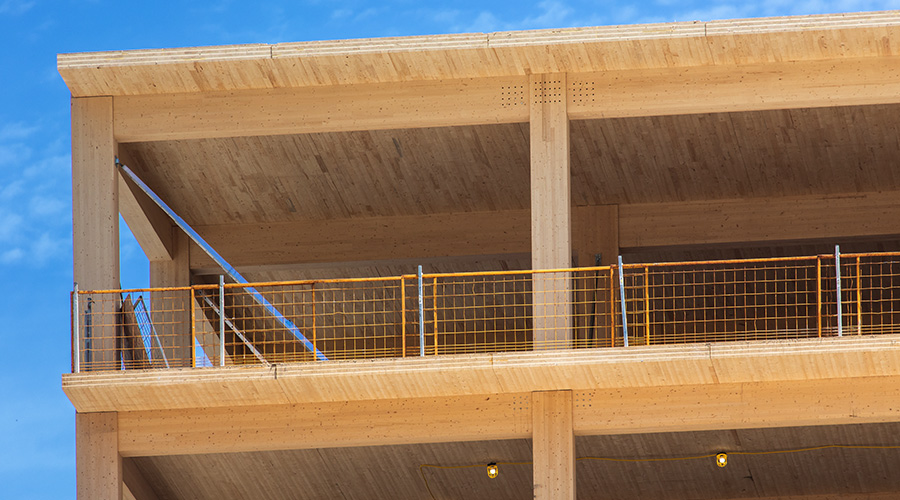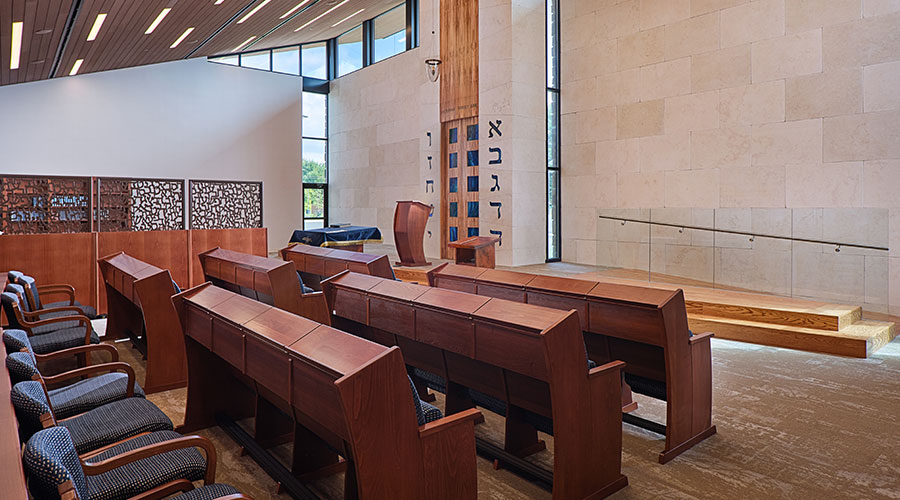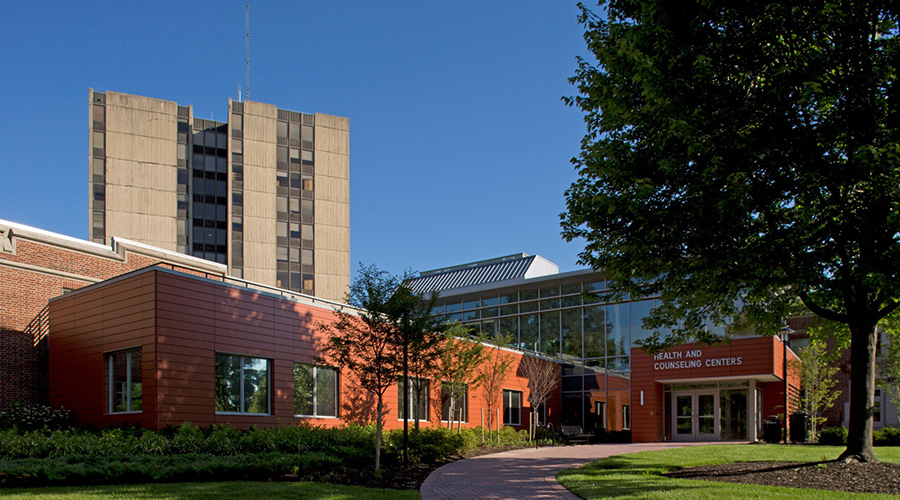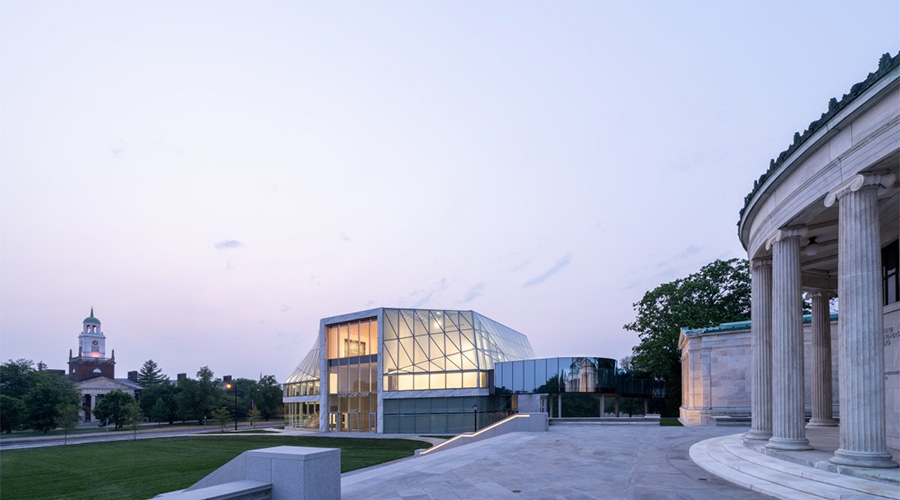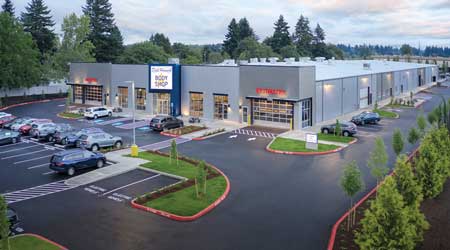 Architects, specifiers and installers need to pay attention to overhead doors, fenestrations and transition areas to reduce air leakage and improve energy performance.Metal Building Manufacturers Association
Architects, specifiers and installers need to pay attention to overhead doors, fenestrations and transition areas to reduce air leakage and improve energy performance.Metal Building Manufacturers AssociationUnderstanding The Energy Efficiency Benefits of Metal Buildings
Metal buildings are surprisingly energy efficient, but just like any other type of building, controlling air leakage is the key to energy-saving success.
Metal buildings sometimes get a bad rap for energy efficiency when in reality, they are no different than any other buildings.
“Energy codes are always changing, with each new edition requiring more and more energy efficiency,” says Tony Bouquot, general manager of the Metal Building Manufacturers Association in Cleveland. “Second, the thermal performance and airtightness of a building diminishes over time if that building is not properly maintained.”
Facility managers are always looking for an edge on how to increase efficiency in their buildings and how to prevent energy loss in their buildings. Armed with the proper knowledge on the repairs and modifications to make, managers can make better decisions on how to improve the overall efficiency in their metal buildings.
Common problem areas
Vulnerable spots in metal buildings are the same as all other types of buildings, Bouquot says, noting that connection points and penetrations are the worst culprits.
“Proper sealing around windows, doors, skylights and other roof penetrations is essential to the airtightness of a building,” Bouquot says. “This is true when the building is first constructed and over the lifetime of the building.”
One of the best ways to improve the energy efficiency of buildings is to control outside air leakage, ensuring that windows, doors, panels, insulation and vapor barriers be detailed and carefully installed to ensure that the air barrier is continuous.
“On the roof, this means skylights, roof curbs, and pipe jacks, as well,” says Bob Zabcik, technical director of the Metal Construction Association in Chicago. “Sealants must be compatible and adjoining surfaces must be designed for continuity. Trim and fasteners should be carefully considered as well. Many metal roof and wall system manufacturers work closely with their accessory suppliers to ensure these components are tested together and are compatible with each other, so the facility manager doesn’t have to worry about that.”
Americans spend more than $400 billion to power their workplaces and homes each year, according to the Center for American Progress.
Energy efficiency isn't a given
Many of the reasons are due to inefficiencies such as air leaks, gaps in buildings, and poorly performing materials. It’s no surprise that these inefficiencies can cause financial strains to building owners. One way to reduce the financial impact is to improve the energy efficiency of existing buildings and with improved technology as soon as — and as often as — possible.
“As the focus shifts to thermal bridging and air infiltration, many manufacturers are combining new installation techniques with other product innovations to make it easier to achieve above-code performance levels without special efforts on the installer’s part,” Zabcik says. “I’ve also seen manufacturers build the resulting performance improvements into easier code compliance by linking their CAD and ordering software packages to ComCheck and EnergyPlus to avoid duplicative inputs on those systems.”
One technology that managers should consider are insulated metal panels, which Zabcik says are growing in popularity because of new innovations in their manufacturing and production.
“Now, what was once viewed as the premium product in metal construction, is commonplace,” he says.
To help facility managers improve energy efficiency, MBMA is looking proactively at newer building codes that require whole-building air leakage testing.
The organization is getting ahead of these requirements by testing buildings now before the more stringent guidelines are adopted across the country. Doing so will establish a better baseline for metal building performance, Bouquot says.
“We are also using this research to create a best practices guide that identifies these vulnerable areas for air leakage and recommends how best to seal them,” he says.
Related Topics:










